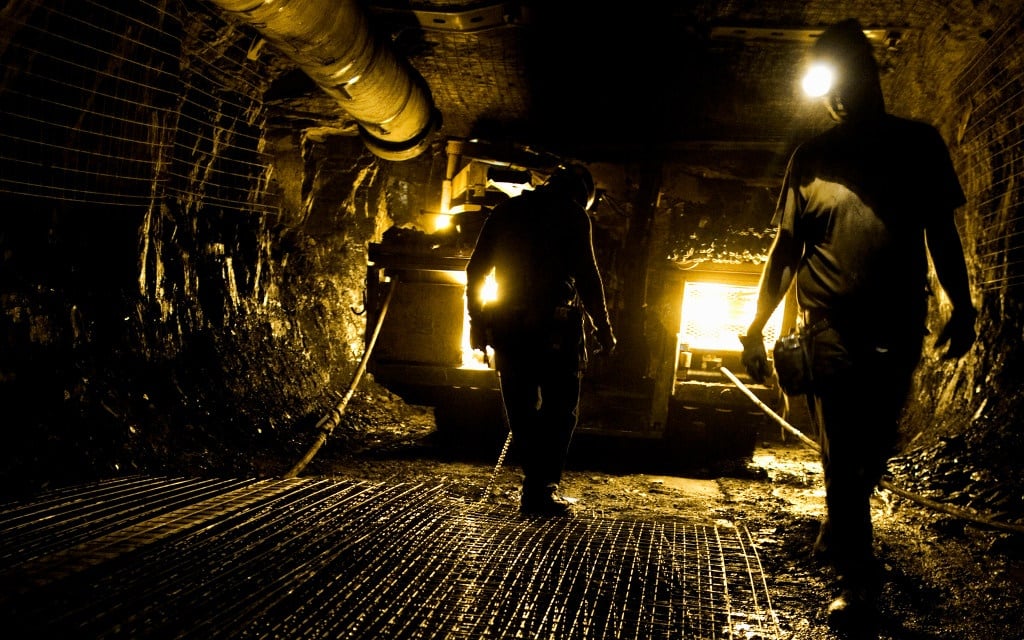
- SA's mining industry and unions are concerned about an increase in mining-related deaths.
- The year 2019 was the safest year on record with 51 deaths.
- SA's deep gold mines, followed by platinum, lead the sector in terms of high fatalities.
Although South Africa's mining industry has been aiming to reduce mine fatalities to zero, the latest figures instead show an increase.
On Thursday, the Minerals Council of South Africa (MCSA) said a total of 32 mineworkers had died to date this year in the country's mines – an increase from the rate seen a year ago.
In 2020, as the industry navigated the emergence of the Covid-19 pandemic – which hobbled full capacity operations in the initial months of the hard lockdown – some 24 mineworkers were killed in accidents.
While this was progress for South Africa, the International Council on Mining and Metals found, in its 2020 report, that SA had accounted for half its members' fatalities.
The number of SA mining fatalities in 2018 had stood at 81.
South Africa, which has some of the world's deepest mines, once had the worst health and safety record in the world. But since 1993, it has gradually been working to turn this around. The year 2019 as the safest on record with 51 deaths.
The country's deep gold mines account for this year's highest number of deaths in the period to 5 July, followed by platinum operations.
The MCSA, as well as other stakeholders such as labour unions and the Department of Mineral Resources and Energy, on Thursday expressed concern at the rise in mine fatalities at a time when the industry was also dealing with a pandemic that had so far killed 480 mineworkers.
What's causing the deaths?
This year, there has been an increase in "fall of ground" accidents, particularly in the gold sector, with general accidents in mines also being on the upward trend.
The president of the MCSA, Nolitha Fakude, said while Covid-19 - which has devastated the industry for nearly 18 months - was still a challenge, it was crucial not to overlook a deterioration in mining's safety performance.
"Worse still, thus far in 2021, we are seeing a further deterioration in the fatality trend," said Fakude, as the council launched the National Day of Health and Safety in Mining.
Themba Mkhwanazi, who is the chairperson the Minerals Council's Zero Harm Forum, said the situation called for collaborative efforts by the industry in order to arrest the trend.
"The CEOs must drive health and safety improvements from the top by sharing successes and challenges in dealing with occupational incidents," said Mkhwanazi, who is also the chief executive of Kumba Iron Ore.
In addition to their depth, South Africa also has some of the oldest mines in the world. The sector has over the past year seen a mixed bag of reports in terms of mine-related deaths – as well as other health concerns.
The Chief Inspector of Mines, David Msiza, said while there had been a reduction in occupational diseases, the incidence of noise-induced hearing loss and occupational lung disease was still a concern.
Illegal miners' battle to survive
While the industry is grappling with safety incidents in regular mining activities, government is also facing the scourge of illegal mining, which often results in deaths, as groups known as "zama-zamas" battle for territory or die in disused shafts.
In June, 20 bodies of people believed to be illegal miners surfaced on a site of a disused mine on Orkney, in the Free State.
Illegal mining deaths are not accounted for in the official incidents.
In addition to safety concerns over unregulated mining activities, Msiza said some illegal gangs were becoming violent.
He said illegal miners who were initially concentrated in the Free State were increasingly becoming active in Mpumalanga and the East Rand.
The Department of Mineral Resources and Energy has been driving the sealing of disused shafts in various parts of the country, but the reopening of holes by syndicates has seen officials playing cat and mouse with zama-zamas.
"If we don't deal with the market, then we will struggle. Our other approach is to promote illegal mining through the issuing of licences to groups that want to operate with the legitimate legal framework, " he said.
This article has been updated to reflect that the ICMM said 50% of fatalities were among its members. It does not include non-members in its analysis.




 Publications
Publications
 Partners
Partners












